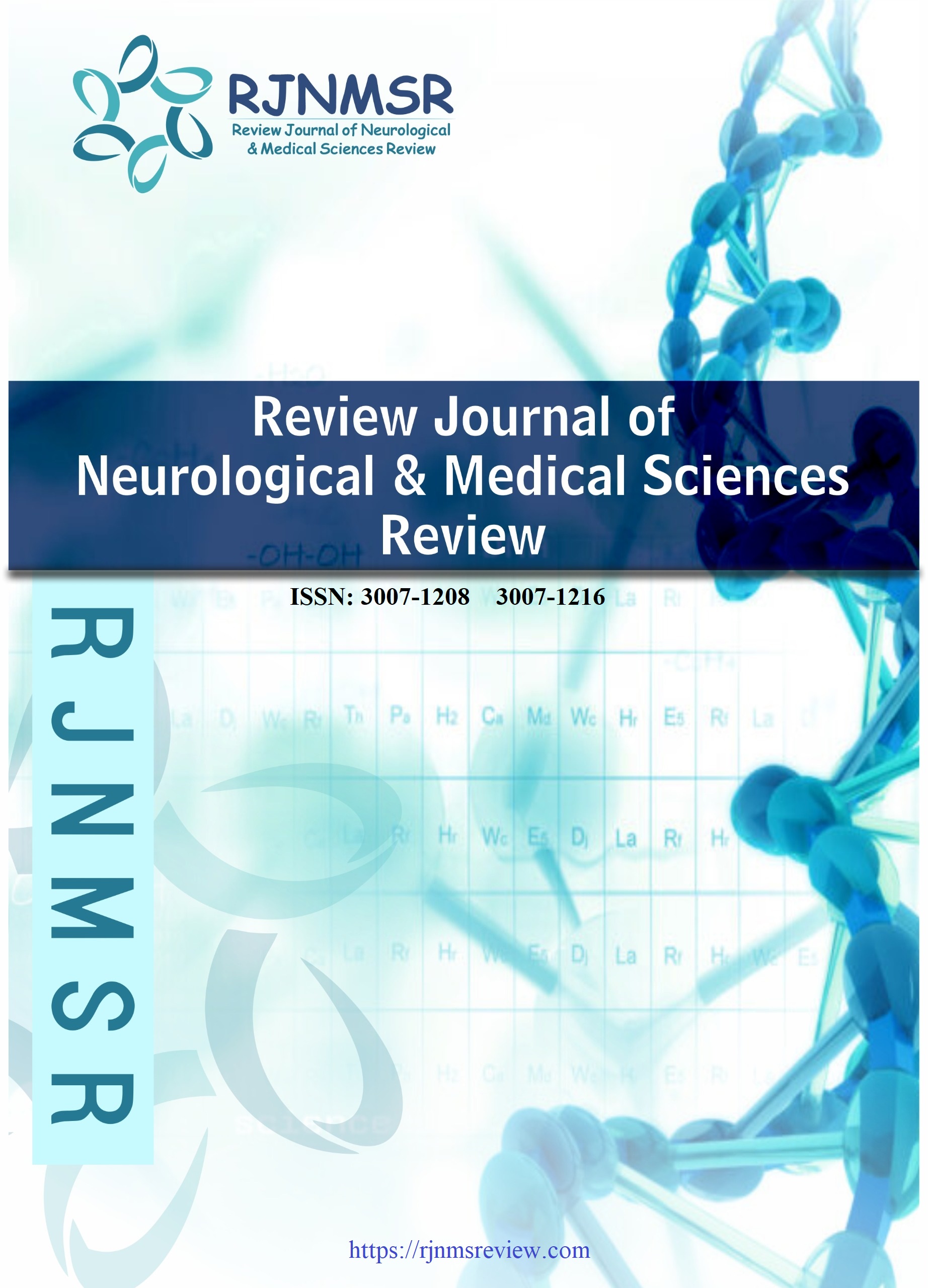VITAMIN D'S ROLE IN RHEUMATOLOGICAL, NEUROLOGICAL, AND IMMUNOLOGICAL PROBLEMS
DOI:
https://doi.org/10.63075/jggxrv04Abstract
Over the past decade, more than 30,000 research papers worldwide have documented the numerous health benefits of vitamin D in managing a wide range of illnesses. The study aimed to review the crucial connection between vitamin D deficiency and its physiological role in neurological, rheumatologic, immunological, and other manifestations. Vitamin D is the primary hormone that regulates calcium, phosphate, and mineral bone metabolism balance. It controls calcium and phosphorus homeostasis, which is essential for maintaining and promoting the growth of healthy bone tissues. Vitamin D's effects on intracellular calcium homeostasis, neurotransmitter synthesis, neurotrophin production, and the prevention of oxidative damage to the nervous system are all linked to its neuroprotective properties. Another essential function of vitamin D is its role in regulating nervous system development. Deficiency in vitamin D can lead to atherosclerosis, causing vascular and endothelial abnormalities, rickets in development, and osteomalacia in adults. Vitamin D insufficiency is also associated with central nervous system disorders, such as schizophrenia, multiple sclerosis, anxiety, and dementia. Adequate vitamin D intake during pregnancy and the neonatal period can help prevent certain disorders.
Key words: 1, 25-dihydroxy vitamin D, bone development, central nervous system, Vitamin D deficiency

